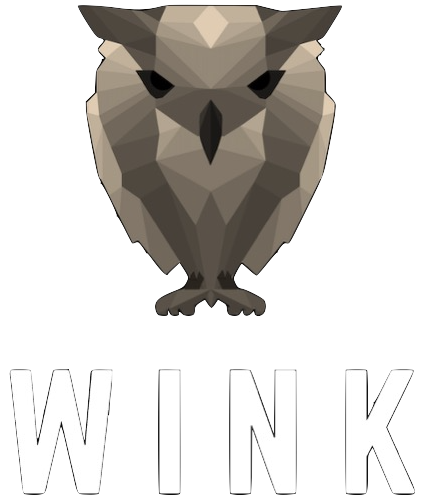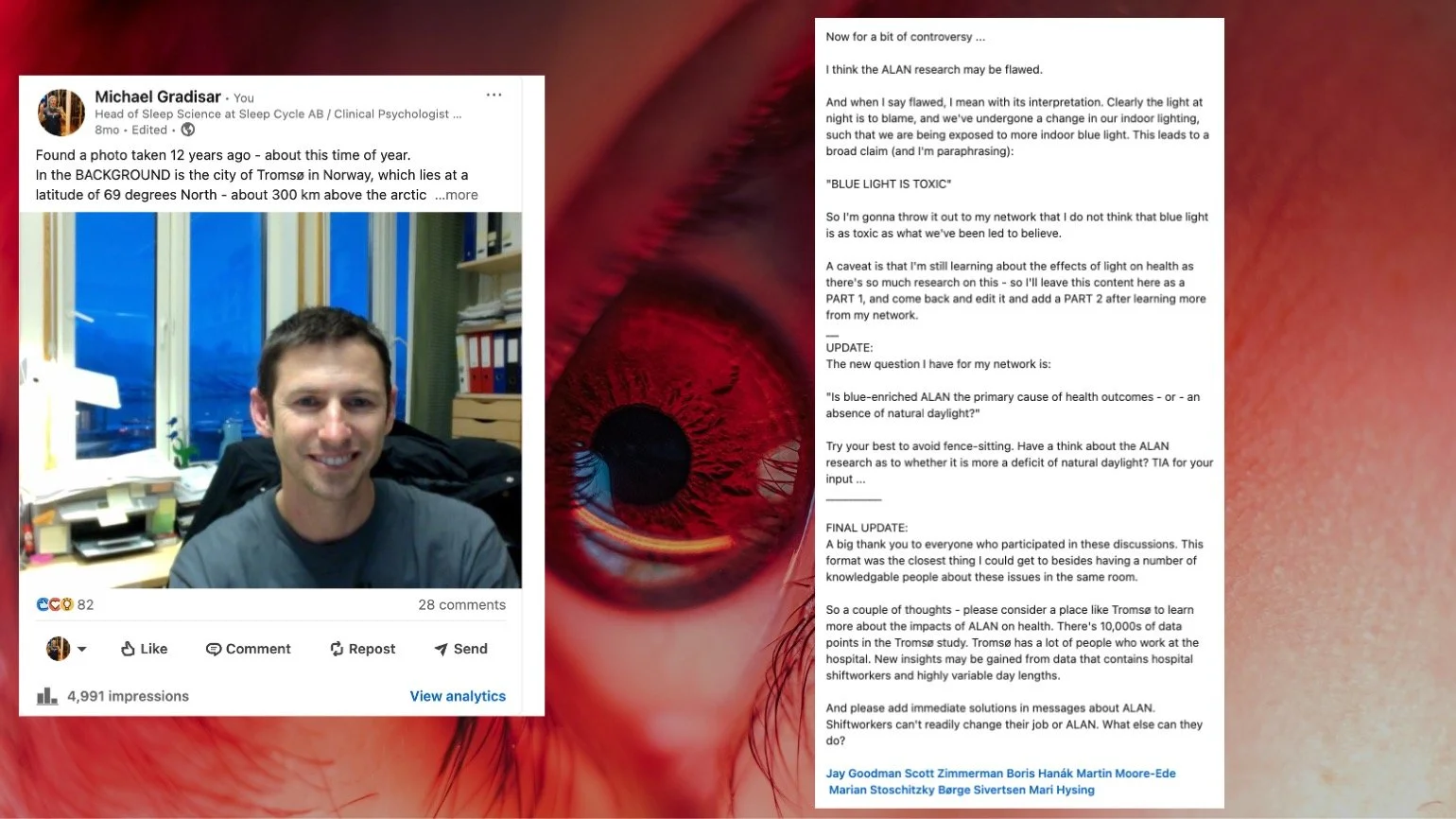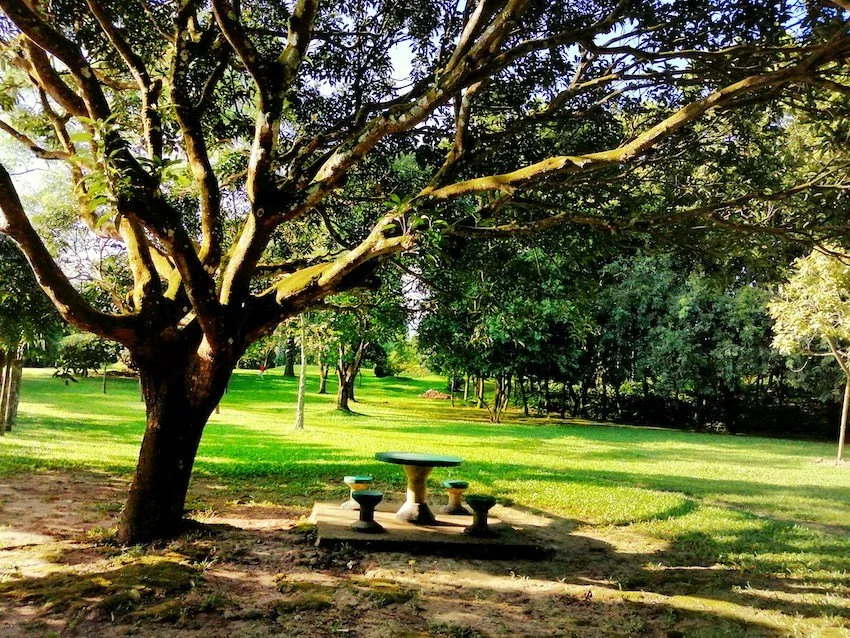#168 - How Night Shift Workers can counteract Fear-Mongering
I’ve been developing a new theory - or way - of looking at the topic of artificial light at night (ALAN), and its effects on health.
For decades, I’ve ‘known’ that night shift work is harmful to human health. The interpretation from this early research was that the cause was having a circadian rhythm that is timed 180 degrees the wrong way round. That is, people being awake at night and sleeping during the day.
Since the switch to more efficient LED lighting - both indoors and outdoors - a new interpretation has been announced. A new interpretation that has coincides with the rise in access to social media.
The new interpretation is that the harm to night shift workers is because they’re exposed to blue-enriched LED lighting over night.
On the one hand - this is true. But it has led to a broad solution that I think could be better.
That solution is to reduce exposure to blue-LED lighting.
So what I’d like to do is funnel down on a single, recent, important, well-executed study - and then - demonstrate how different ways of thinking can lead to different solutions.
Brighter nights and Darker Days
Last year there was an outstanding study that was published that I’ve seen quoted and translated in different ways. It’s an excellent example of the purpose of research. To enhance our knowledge and improves our lives.
Here’s the key methods and findings from the study
They analysed light data across the 24-hr day of over 80,000 people in the UK.
They matched this data with mortality data 8 years later.
They found that brighter nights and darker days increased the risk of dying.
The risk of dying by brighter nights and darker days was reduced when you factor in healthy habits, such as exercise.
They also found that the lower the size of your circadian rhythm amplitude (peak to the trough of the rhythm) the more at risk you were,
They found that the later your circadian rhythm was timed then the higher the risk was, and
They found the earlier your circadian rhythm was timed then the higher the risk - a finding most people overlook.
So if you’re a person who works night shift, then this does not sound like good news - but stay with me as I was taught that if there’s a problem to present, then also present a solution.
I was also taught to define ‘terms’ (ie, describe what something means) …
Fear-Mongering
In December 2024, I began throwing out glimpses of my new theory on light and health - in a multi-part post on LinkedIn - where I tagged a number of people working in the ‘light field’.
After this post finished, I proposed two things - one was a new way to study the effects of light on health - and the other was a call to everyone who was listening to tone down the fear-mongering about blue-enriched artificial light at night (ALAN) - because shift workers can’t do much in this day and age about changing their job.
Unfortunately, even as recently as last month - this fear-mongering approach continues …
Drilling Deeper ..
Back to the “Brighter Nights, Dark Days” study. Take a closer look at this excellent graph below with me.
Unlike other fear-mongerers who cherry-pick the absolute worst outcome from the cardiometabolic graphs in the centre - I’m going to focus on the left-hand column which encompasses all ways to die.
Because, quite frankly, if I didn’t die due to a cardiometabolic reason, it doesn’t matter. I died!
Things to note:
The red graph represents the worst outcome. This red graph represents those people who get the most light exposure during these hours - such that if you had 100 people, then 10 of those people - from 90 to 100 - are exposed to the most light at night.
The purple graph are those folks ranked from 70 to 90. They’re getting less light at night than the 90 to 100 percentile group.
The green-is graph are those folks ranked from 50 to 70.
The folks ranks from number 1 to 49 are the ones getting the most darkness at night. They don’t have a graph, but we can assume that they’re night time darkness exposure is healthy.
It’s really those in the red graph that need attention. They’re red curve is higher than the horizontal dashed line from 12:30 to 6 AM - meaning, they are at increased risk of dying from any cause.
Now whilst it could be argued by some that the same is happening for those in the purple group, the majority of their dots that lie above the dashed horizontal line between the hours of 12:30 to 6 AM are not coloured in. This mean they were not significant. Only the dot around 5:30 AM is coloured in. This time is when light exposure for this group was the most dangerous.
The same can be said for the green-ish group.
If you look at the overall stats, they suggest that there isn’t much difference between the 50-70 percentile group and the bottom 50% who are exposed to darkness overnight. 70% is a lot of the population.
There is some level of risk though if you are in the purple group (70-90th percentile).
But yes - if you are in the top 10% of the population exposed to light at night - then you need to enact a solution or few.
And I get it. You may not be able to afford to quit your job during these economic times.
You may also not be able to afford to spend much on solutions.
So what can you do?
Solutions for Night Shift Workers
First of all - I’m not trying to sell you something.
Not blue-blocking glasses.
Not a book I wrote.
The first solution is free. And it’s the best.
The red-purple-greenish graph I showed above first focused on the harms of light at night. When those coloured curves went above the horizontal dashed line
But these graphs also showed that getting light during the day is healthy.
That is, when these curves went below the dashed horizontal line, the risk of dying due to any cause was lower.
But to avoid confusion, if you’re a night shift worker - one of those in the red curve during the hours of 12:30 to 6 AM, this does not automatically mean you are part of the red curve that goes well below the horizontal dashed line during those daylight hours. They could well be other people. I mean, after all - if you’re working all night - don’t you need to sleep during the day?
Nonetheless, the best solution is to get outside and expose yourself to natural light. Said a different way, getting light during the day does not mean indoor light. It means getting outdoors.
How long should you get natural light each day?
For now I’ll say 15-min each day (more on that in a later blog).
If it’s appropriate to get direct sunlight for 15-min (ie, you won’t burn), then go for it. But perhaps being in the shade of a tree, or at least being around greenery for 15-min outdoors is great (more on that in a later blog).
So what else can you do if you do have a bit more money to spend?
Well you’ll have people telling you to buy blue-blocking glasses for when you’re working overnight. I don’t know about that - because there could be some benefits but also some drawbacks.
Another option I would advise a night shift worker is supplementation with melatonin. A number of studies show the mean age of someone working night shifts is just over 50 years of age. When you’re 50 yrs old, you have 30% of the natural levels of melatonin that you had in your 20s. Melatonin is demonstrating a vast range of health benefits, when taking in ‘high’ doses. You can check out the other blogs here about melatonin, including where to best source it. Also keep in mind, I don’t get anything from any melatonin supplier. Not even freebies.
Finally, what happens when you cannot get enough natural daylight each day?
Well, if you can afford it, then perhaps invest in what’s called photobiomodulation - which is commonly known as red light therapy. For example, there are ‘blankets’ of LED light that are either red or near-infrared red (NIR). When choosing one, I’d suggest for the moment to focus on one that has red visible lights around mid-to-high 600nm as well as NIR LEDS around the mid-to-high 800nm. Again, I get not benefits from any photobiomodulation nor wellness company.
Conclusions?
According to ChatGPT, somewhere between 3 to 7% of the population frequently perform night shift work. That aligns with the top 90 to 100 percentile ‘red graph’ group in the '“Brighter Nights, Darker Days” study.
So first, a big thank you to all of you who stay up during the night. Who do this for the rest of us. Who are there if we need you. You allow us to rest easier at night. And I thank you for your sacrifice.
Second, I know what it’s like to be a night shift worker. I did this for the first 3 years out of high school at a petrol station. And then several years later I found myself doing night shifts in a sleep lab for my PhD. I gotta say that there are some things that are good about the night. But it goes along with a lot of things that truly suck.
And finally, I hope you get the singular message from this blog. The one best, free thing you can do to stave off the Grim Reaper.
#gothefuckoutside
-Prof MG









